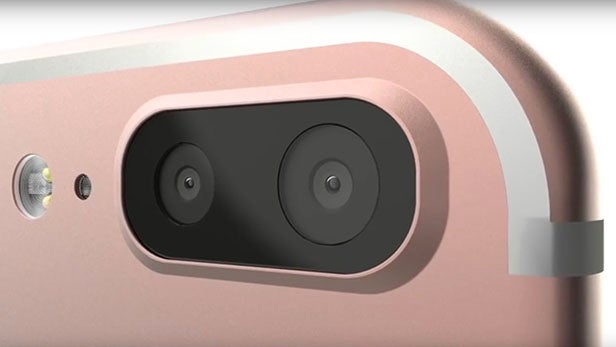Here’s why the iPhone 7 Plus won’t always let you use the telephoto lens

The iPhone 7 Plus won’t always make use of its secondary, telephoto lens despite the fact it’s being heralded as a photographic innovation.
Recent reports have found that the iPhone won’t always let you use its secondary, telephoto lens, especially when trying in low-light conditions.
But why is this case? Well, it’s trying to maximise the brightness of your photos, something which is directly affected by the aperture of two lenses. Philip Schiller even confirmed this as fact on twitter:
https://twitter.com/statuses/ 777179532511948800
Related: iPhone 7 review diary
So, what has this got to do with the aperture of the lenses? It’s because, the wide-angle lens – at 28mm wide – has an aperture of f/1.8, which allows it to take in more light. While, at a narrower 56mm, the f/2.8 lens can’t open quite as widely. This results in pictures which aren’t quite as brightly lit as those taken with its narrower counterpart.
As a result, in low light conditions the iPhone is programmed to switch from the telephoto zoom lens to its wide angle digital counterpart so as to maximise the amount of light available.
Watch: iPhone 7 vs 7 Plus
Related: iPhone 7 vs 6s: Should you upgrade?
Technically, the digital zoom of the wide angle lens is actually just the camera cropping the image repeatedly. This in turn causes a degradation in the quality of the picture. However, Tim Cook and co at Apple has decided that this is better than having a poorly lit image taken with the narrower, telephoto lens.
So there you have it. That’s why your iPhone 7 Plus sometimes won’t let you use that fancy-pants telephoto lens.
Do you reckon the iPhone 7’s dual lenses are actually a revolution? Let us know in the comments below.

